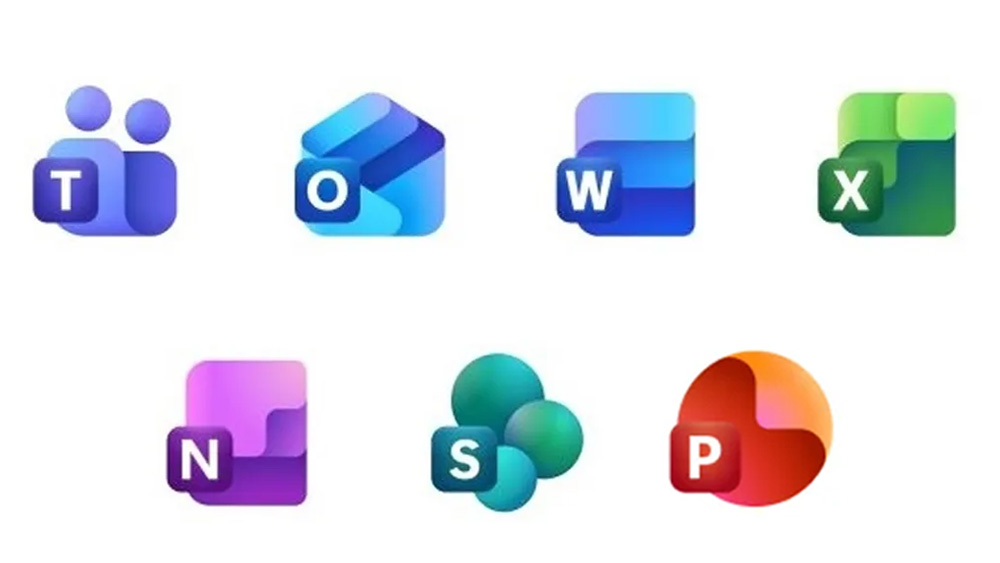Rise in Cross-Chain Crypto Crime: Insights from Elliptic

Criminals operating in the cryptocurrency space are increasingly adopting sophisticated strategies to hide their illicit activities, according to Jackson Hull, the Chief Technology Officer at Elliptic, a leading blockchain analytics firm. Hull emphasized that one of the most common tactics these criminals employ is hopping between different blockchain networks to obscure their financial traces. This is not a mere conjecture; recent data indicates a concerning trend: a significant 20% of complex investigations that span multiple chains now involve more than ten different blockchain ecosystems, underscoring the intricate web of transactions criminals can create. Further analysis by Elliptic reveals that about one-third of these complex investigations engage four or more blockchains, and an alarming 27% touch upon more than five. This proliferation of cross-chain criminal activity is alarming, as it complicates efforts by law enforcement and regulatory agencies to track and shut down illegal operations. Hull noted that while cross-chain crime has existed since the inception of multiple blockchain platforms, the scale of the problem has surged dramatically over the past five years. The reduction in costs associated with switching between ecosystems, alongside a boom in the number of available blockchain options, has made it easier than ever for criminals to operate without fear of detection. Despite the existence of legitimate reasons for transferring assets between different crypto ecosystems, such as seeking better investment opportunities or diversifying portfolios, the reality is that these same mechanisms are frequently exploited by hackers and other malefactors. Hull articulated that the tendency to obfuscate funds through cross-chain movement is a common technique used by those looking to launder money or hide the origins of their assets. In a bid to combat these challenges, Elliptic has enhanced its technology to support tracking across 50 different blockchains. This expansion enables investigators who utilize Elliptic's software to effectively trace the flow of funds across the various chains and through over 300 bridges that connect them. Remarkably, Hull explained that the firm can integrate a new blockchain into its coverage in as little as three weeks, demonstrating their commitment to staying ahead of evolving threats in the crypto landscape. Hull pointed out that the most critical and high-risk investigations typically involve actors attempting to launder money or obscure the pathways of illicit funds as they traverse multiple blockchains. This complexity not only heightens the stakes but also makes it imperative for analytics firms like Elliptic to refine their tracking capabilities continually. Notably, Elliptic played a pivotal role in assisting U.S. law enforcement with the recent dismantling of the sanctioned Russian cryptocurrency exchange Garantex, which had gained notoriety for its connections to ransomware groups and Russian oligarchs seeking to evade sanctions. In the aftermath of the takedown, Garantex has reportedly attempted to rebrand itself as Grinex, revealing the ongoing challenges regulators face in the ever-evolving world of cryptocurrency and the need for continued vigilance and innovative solutions.

























